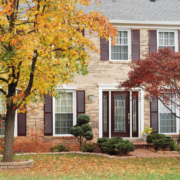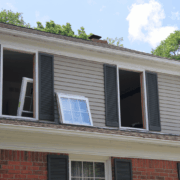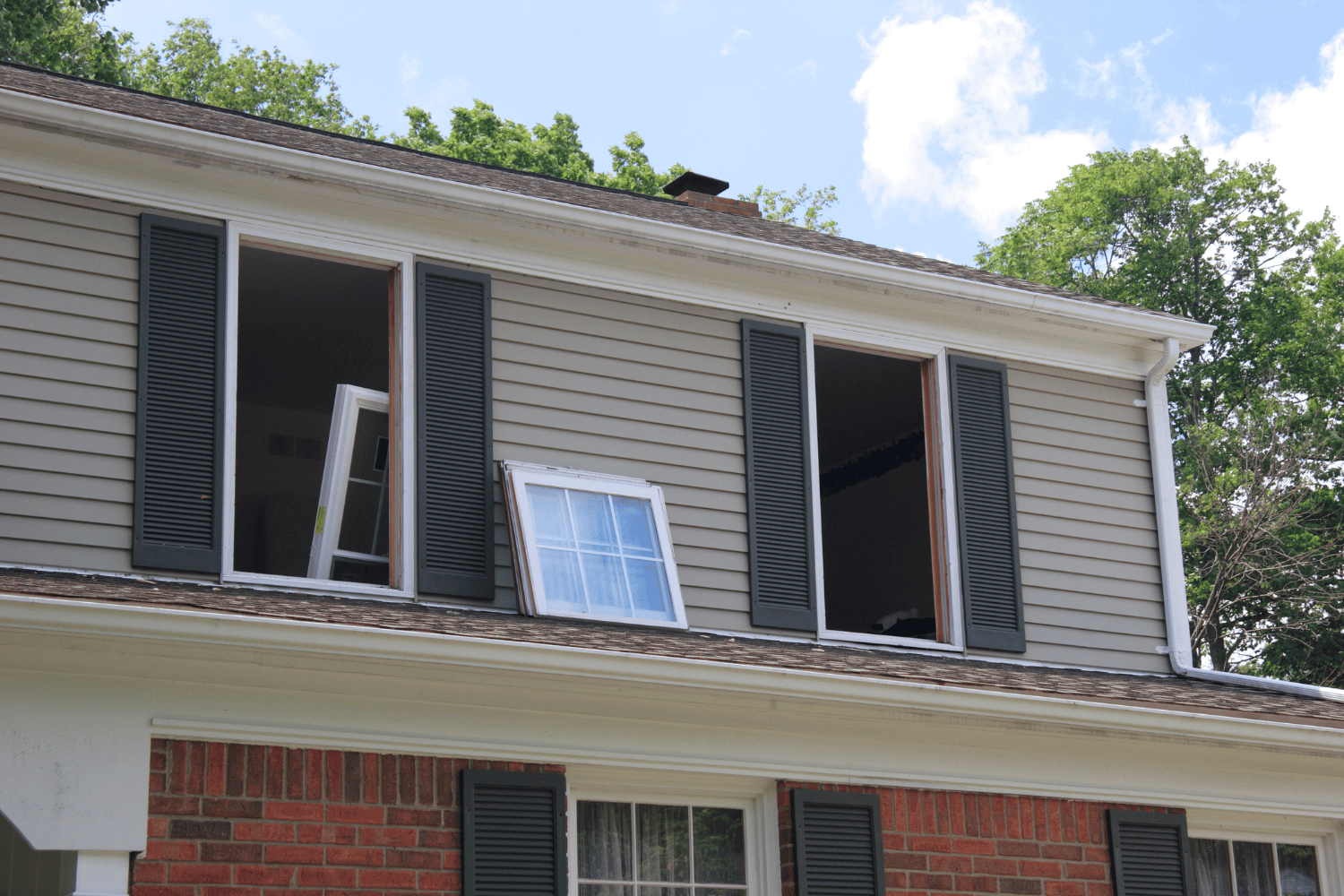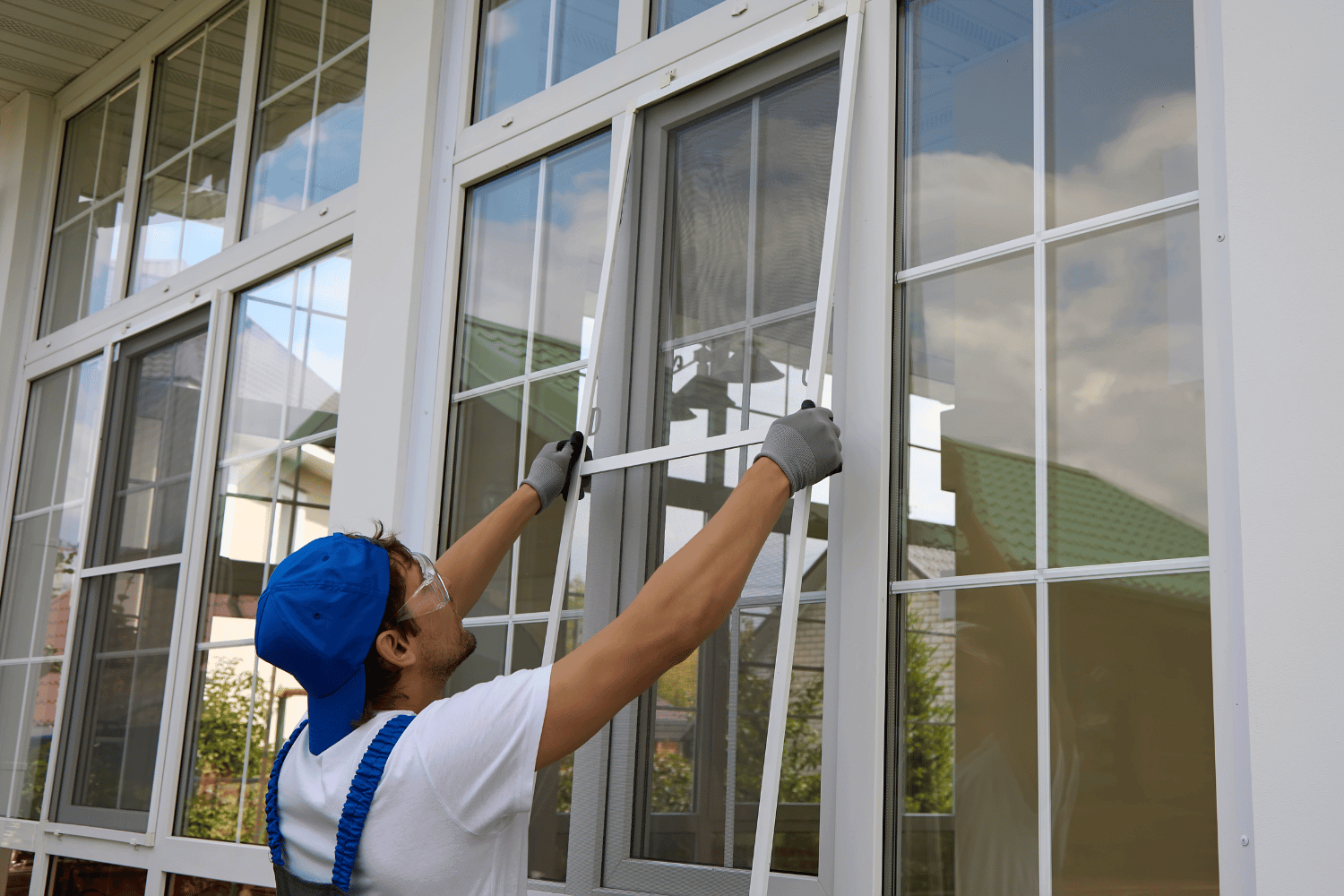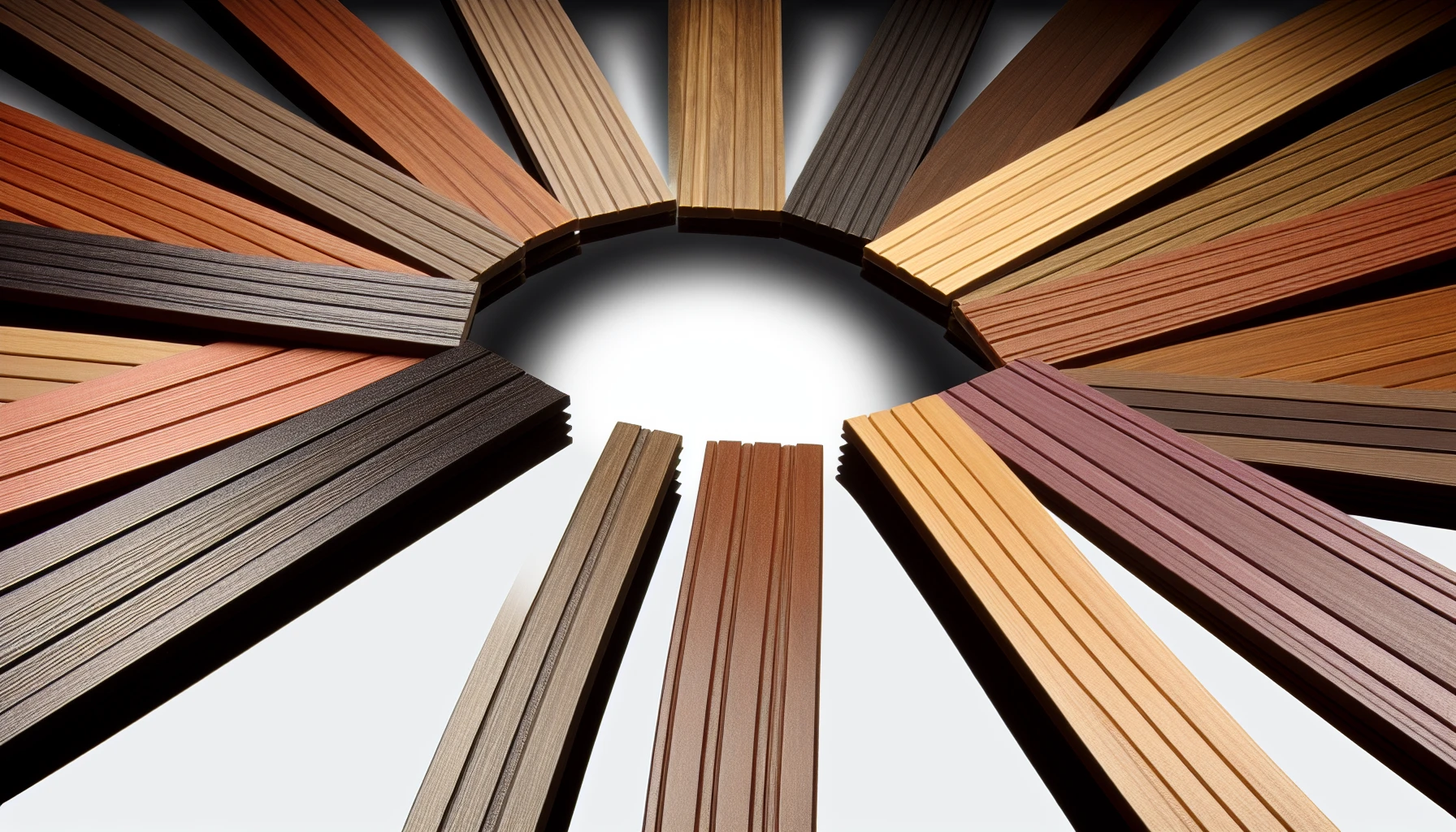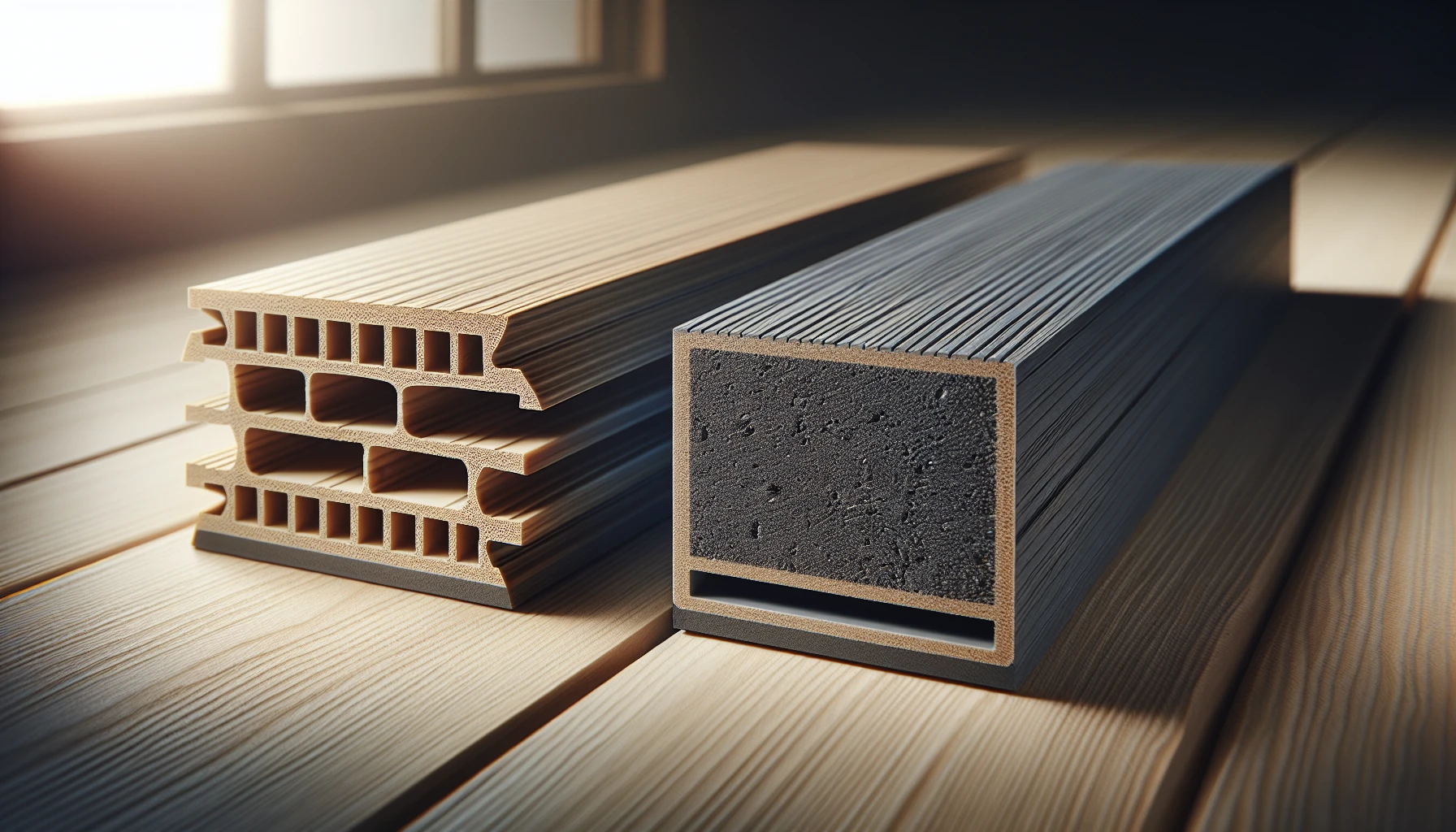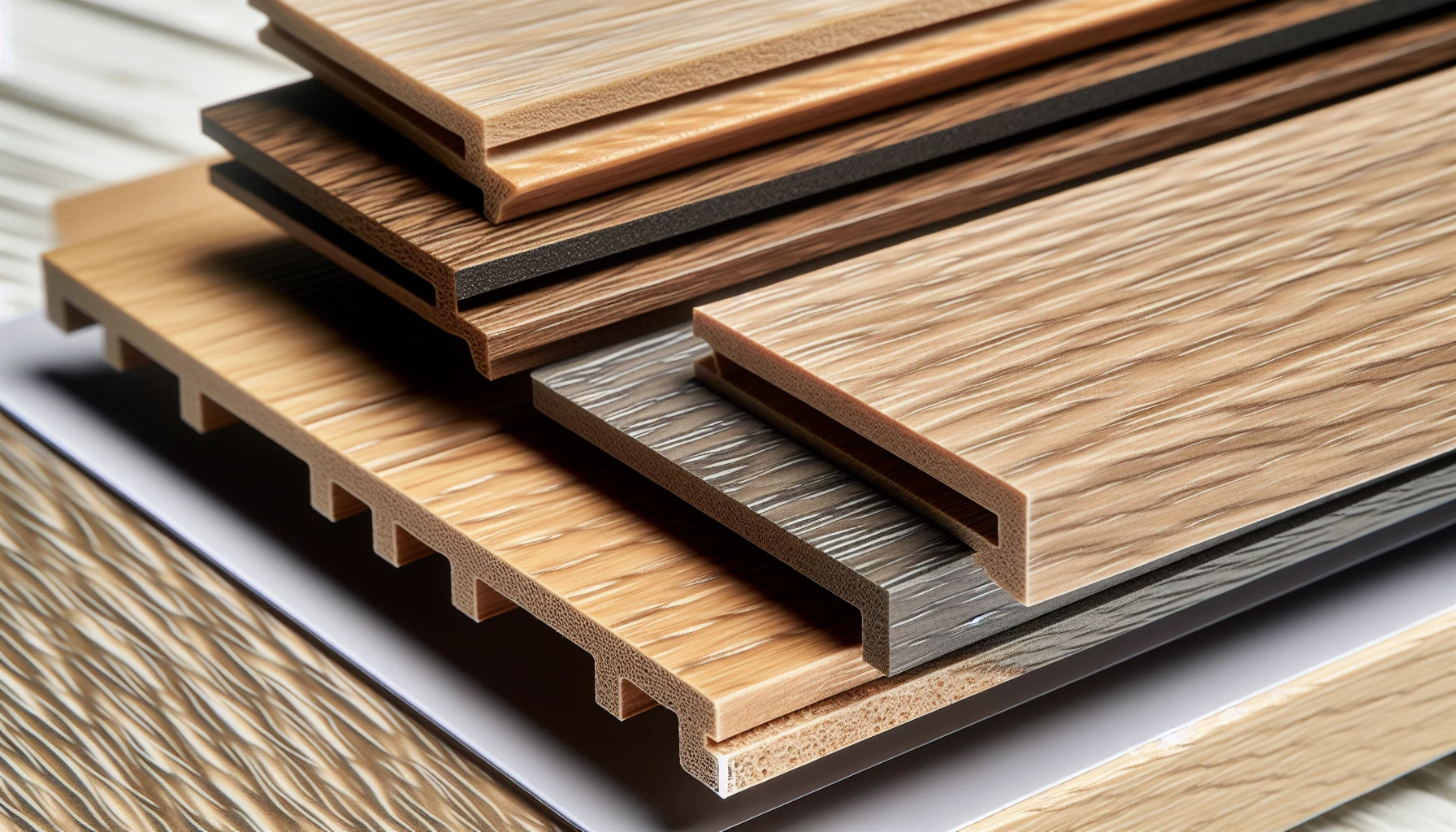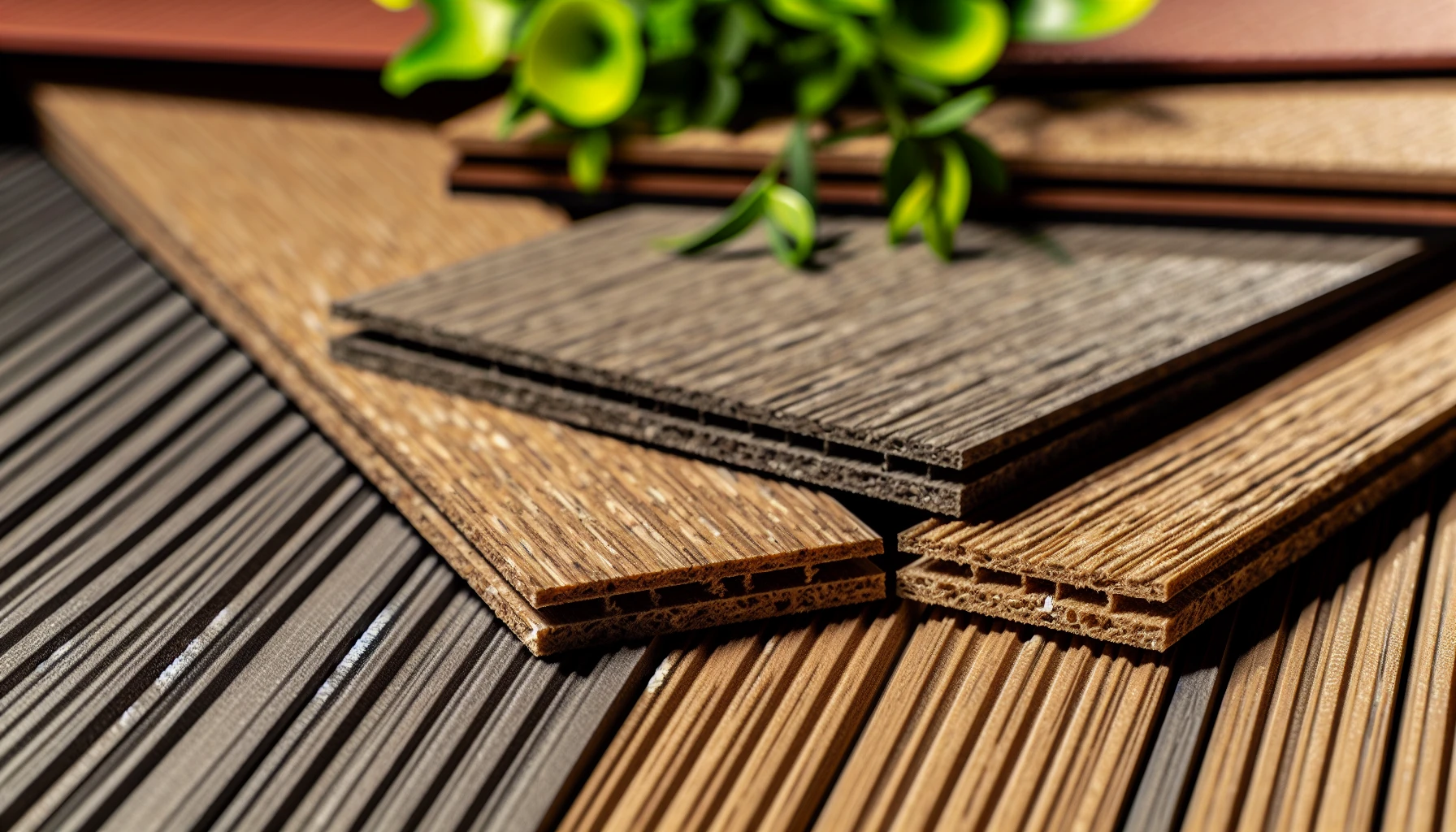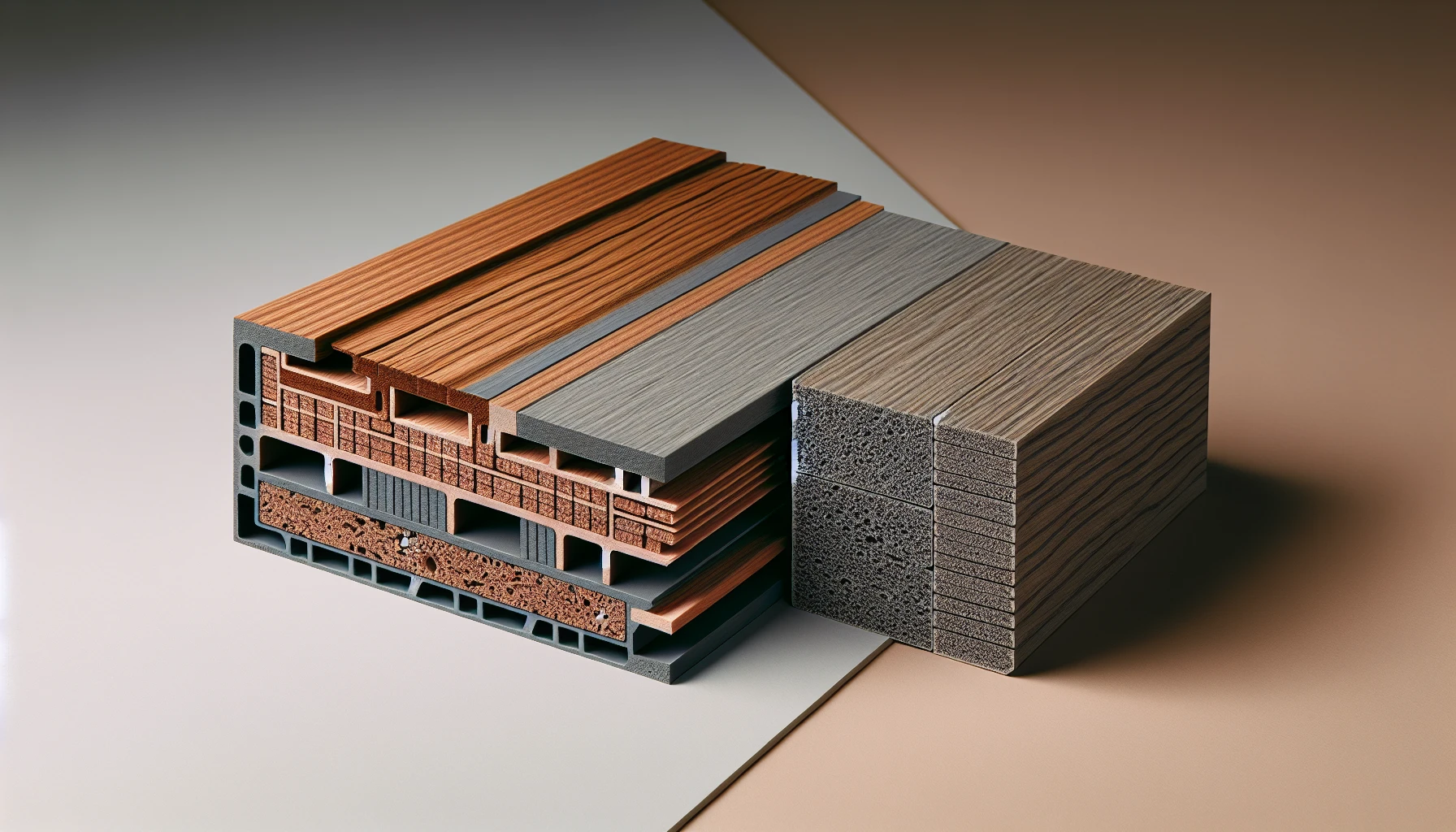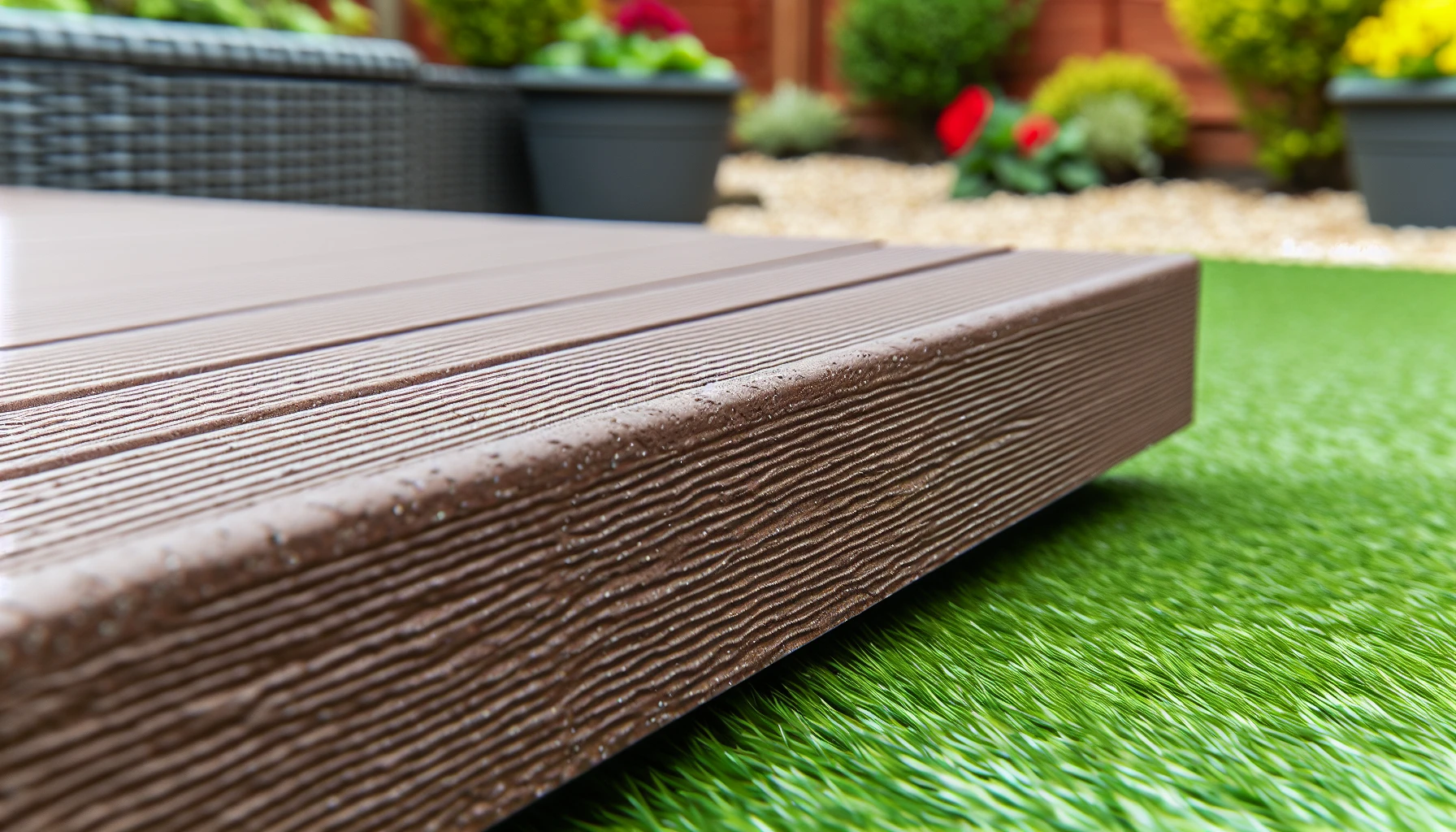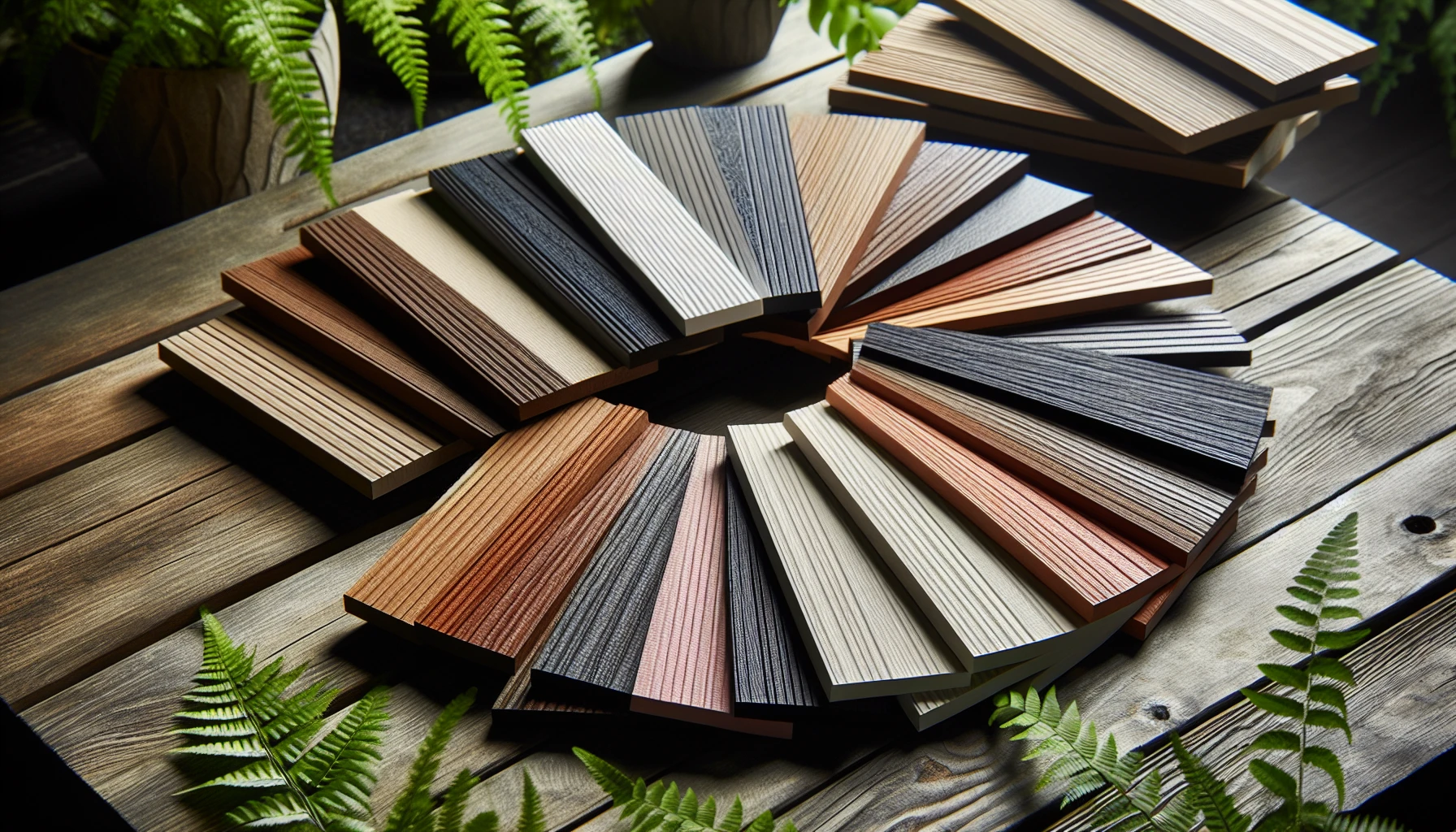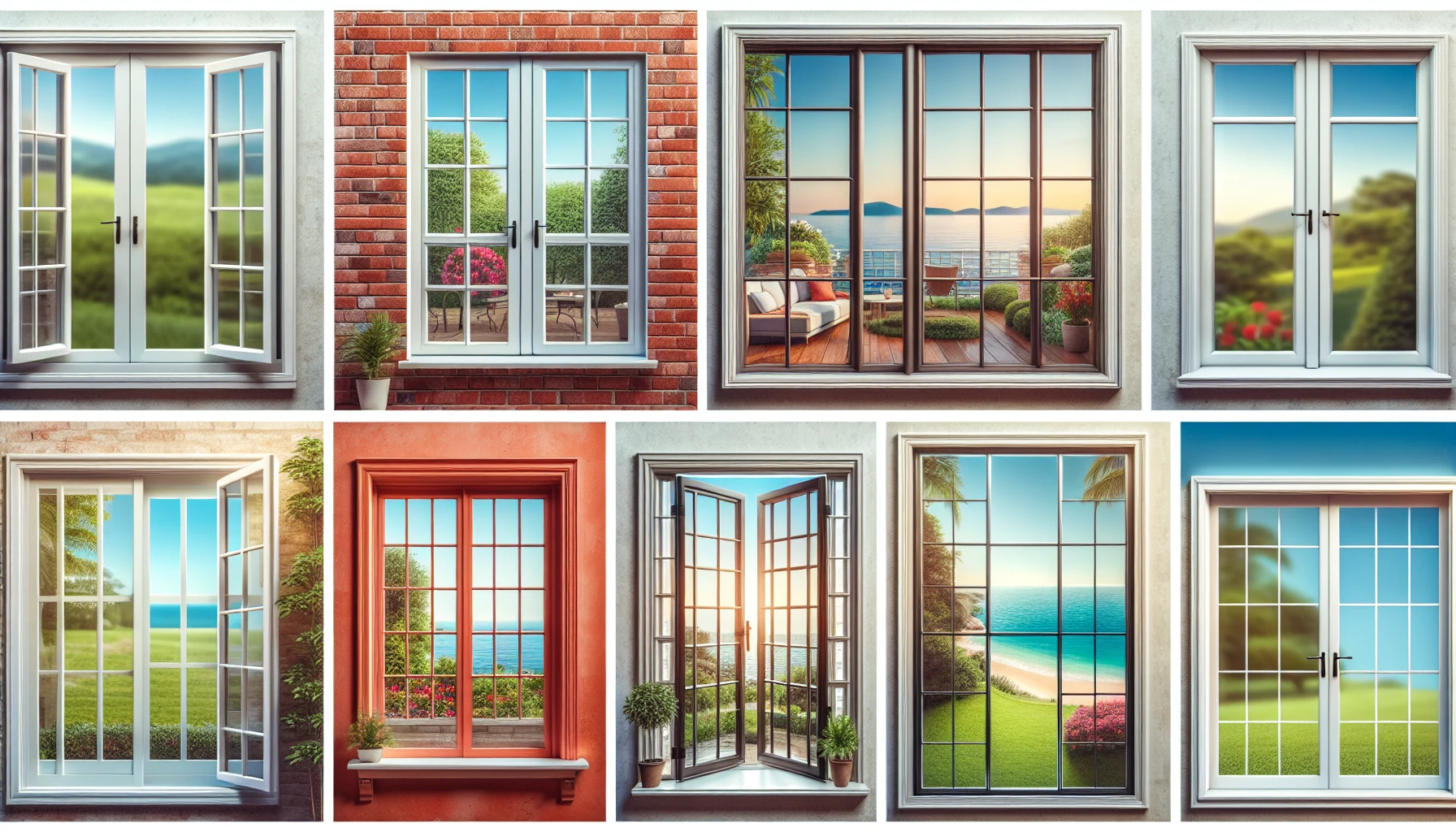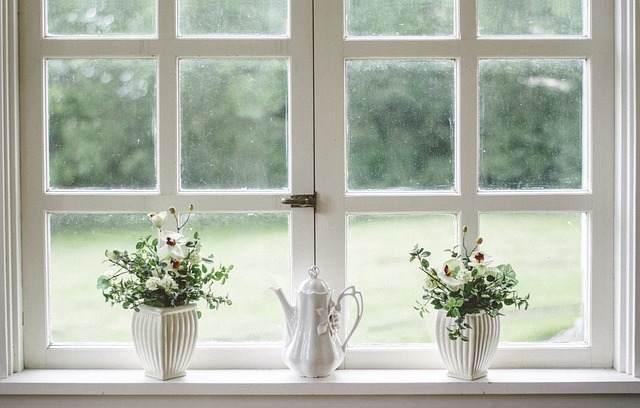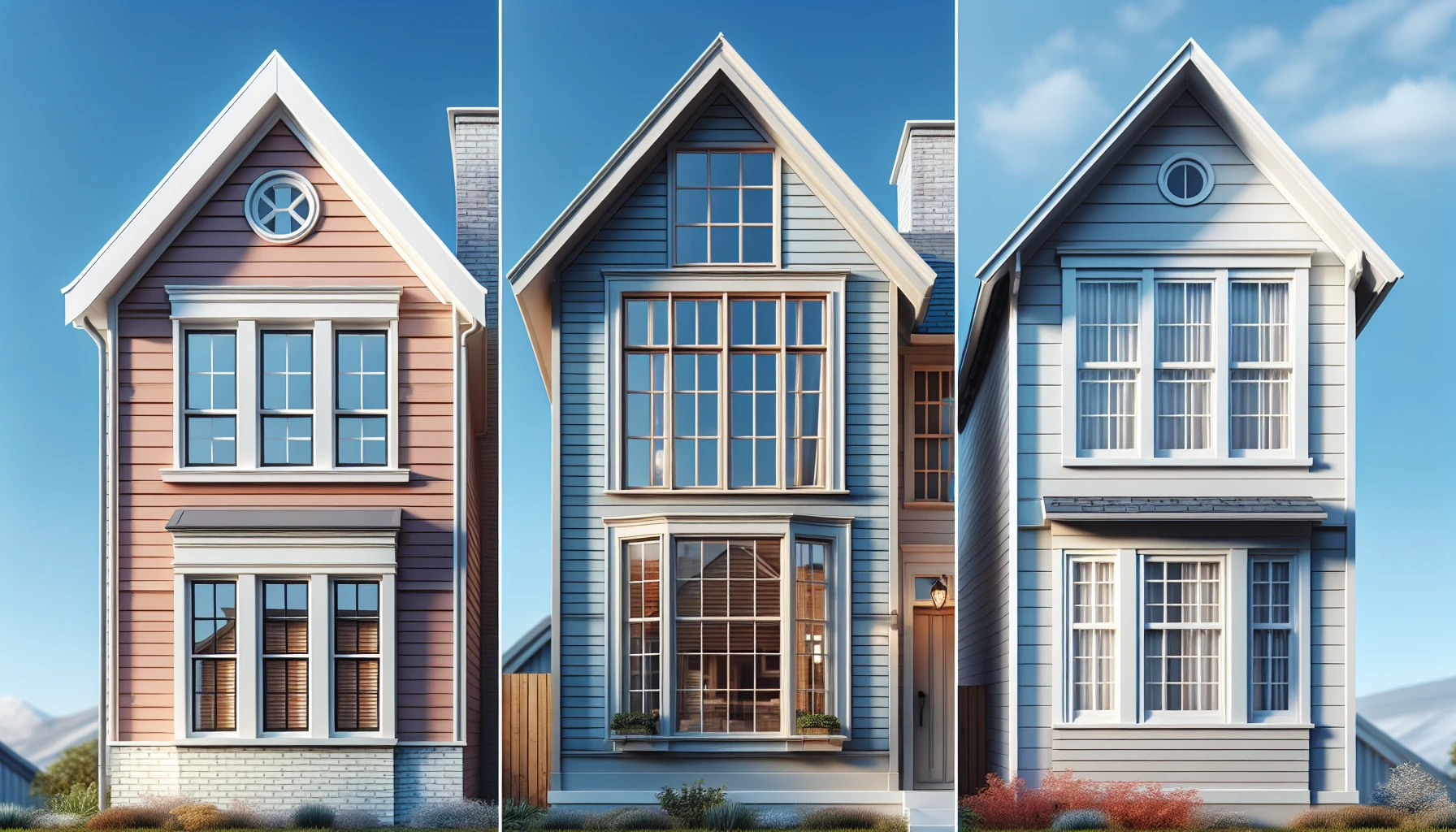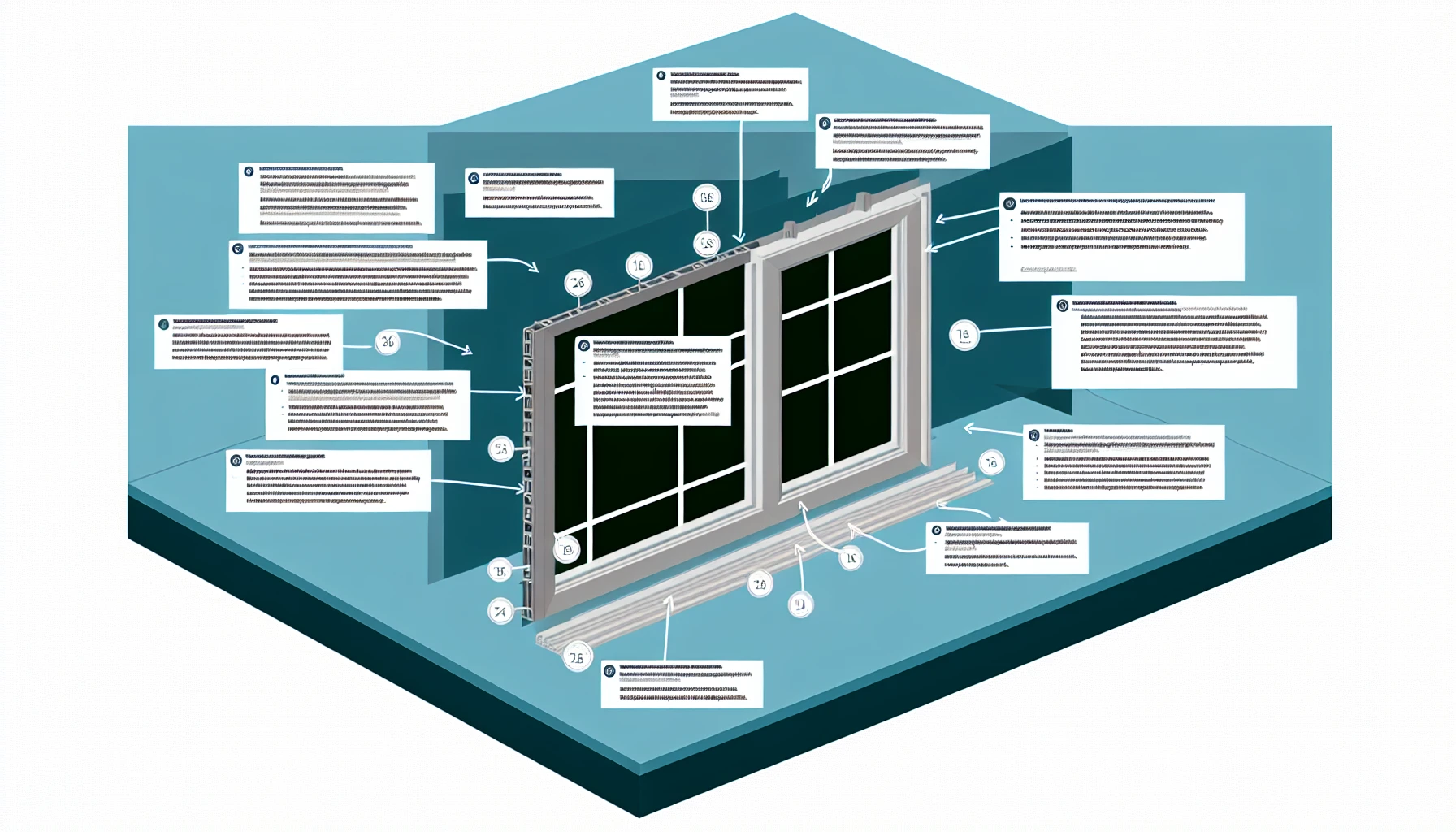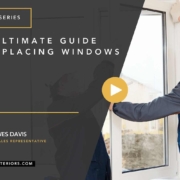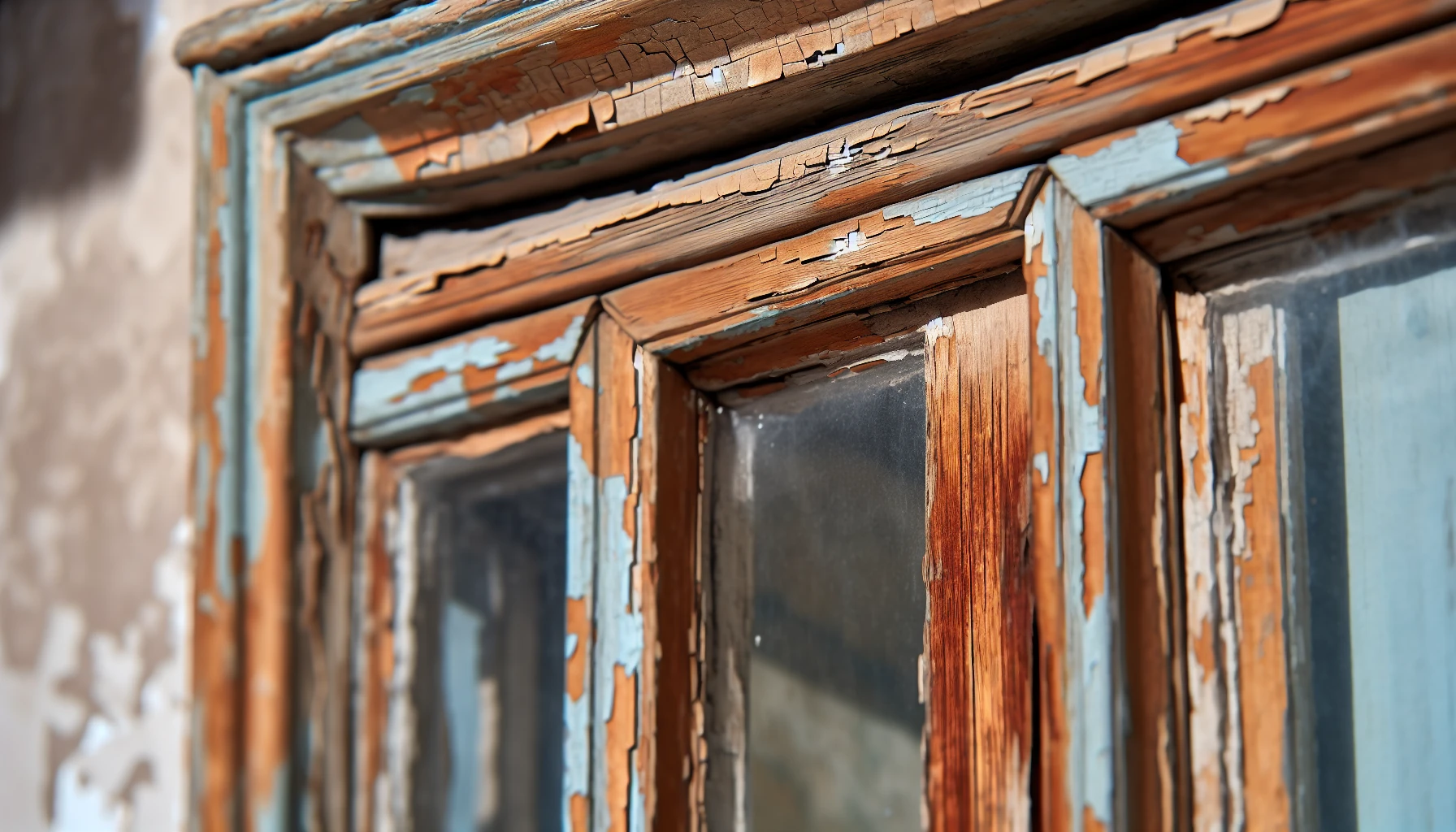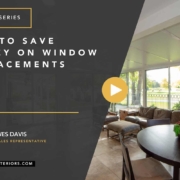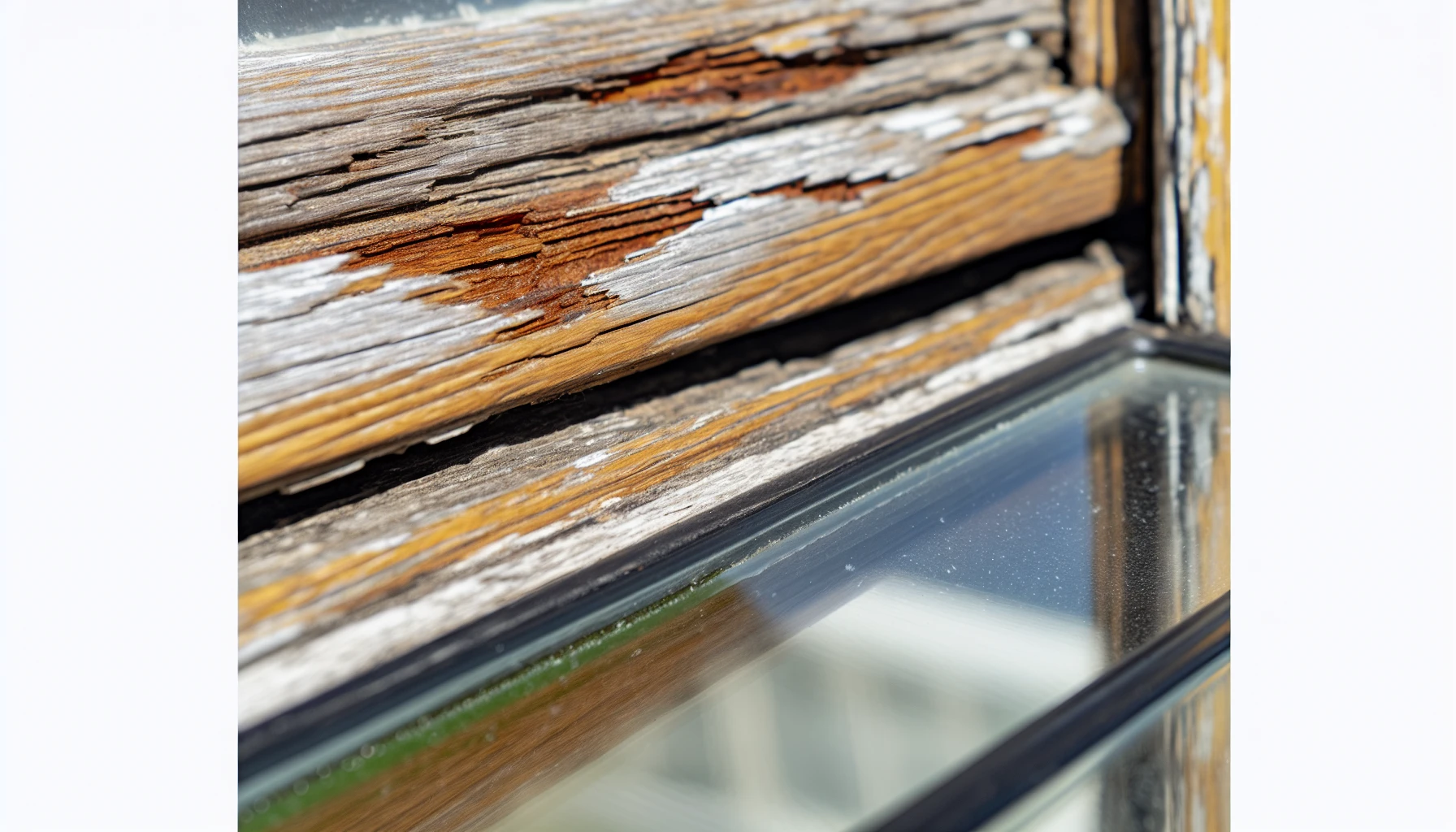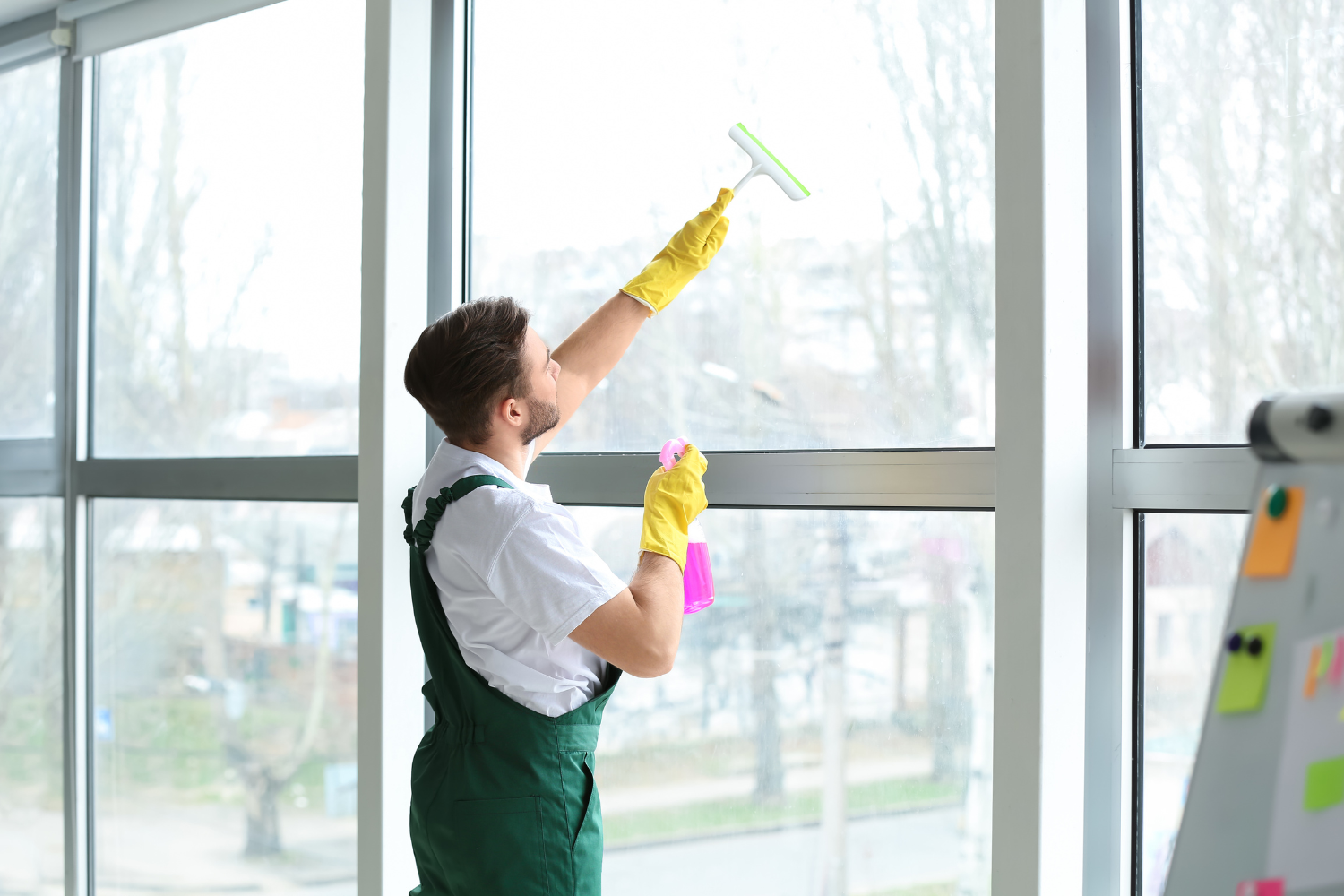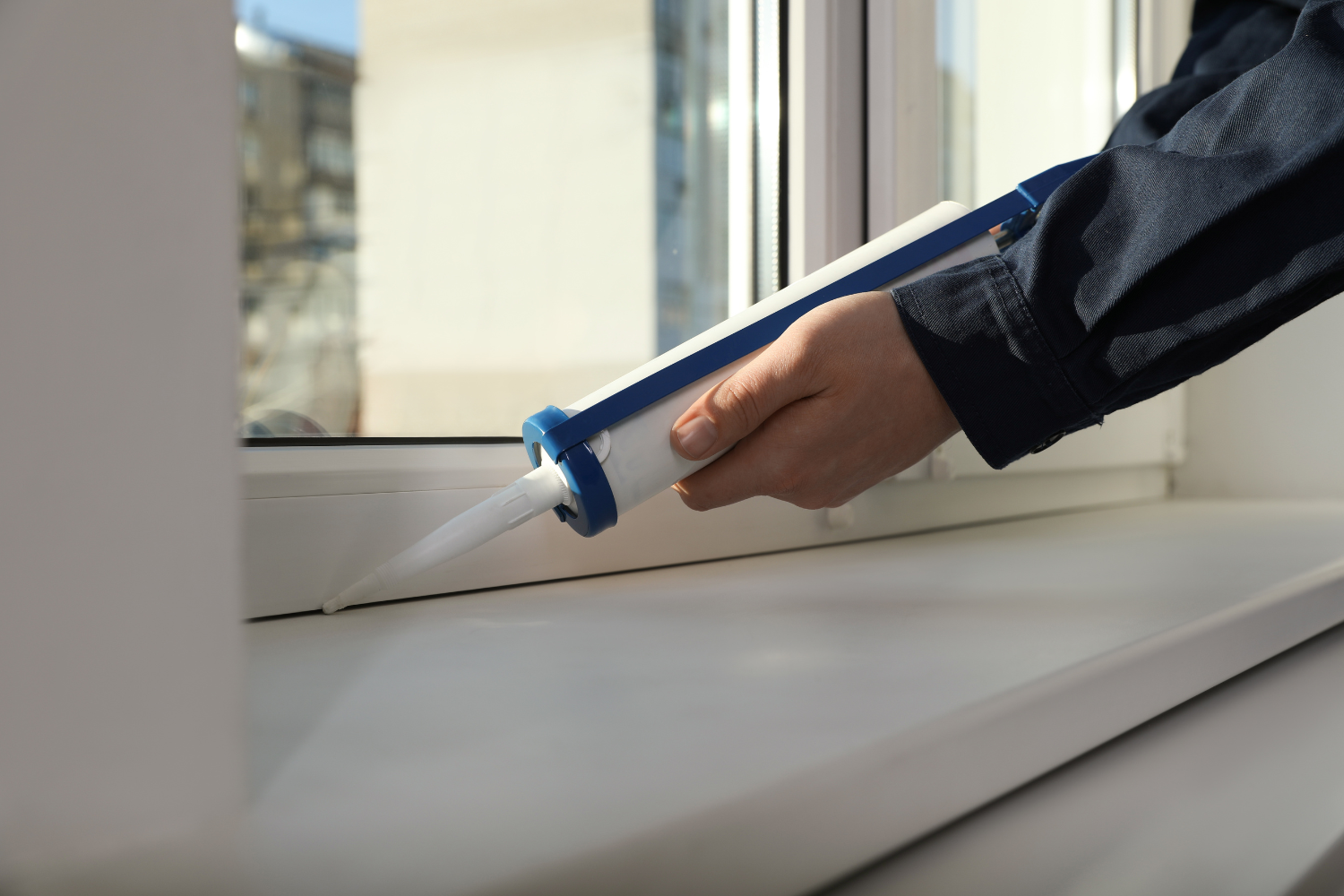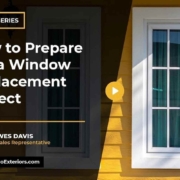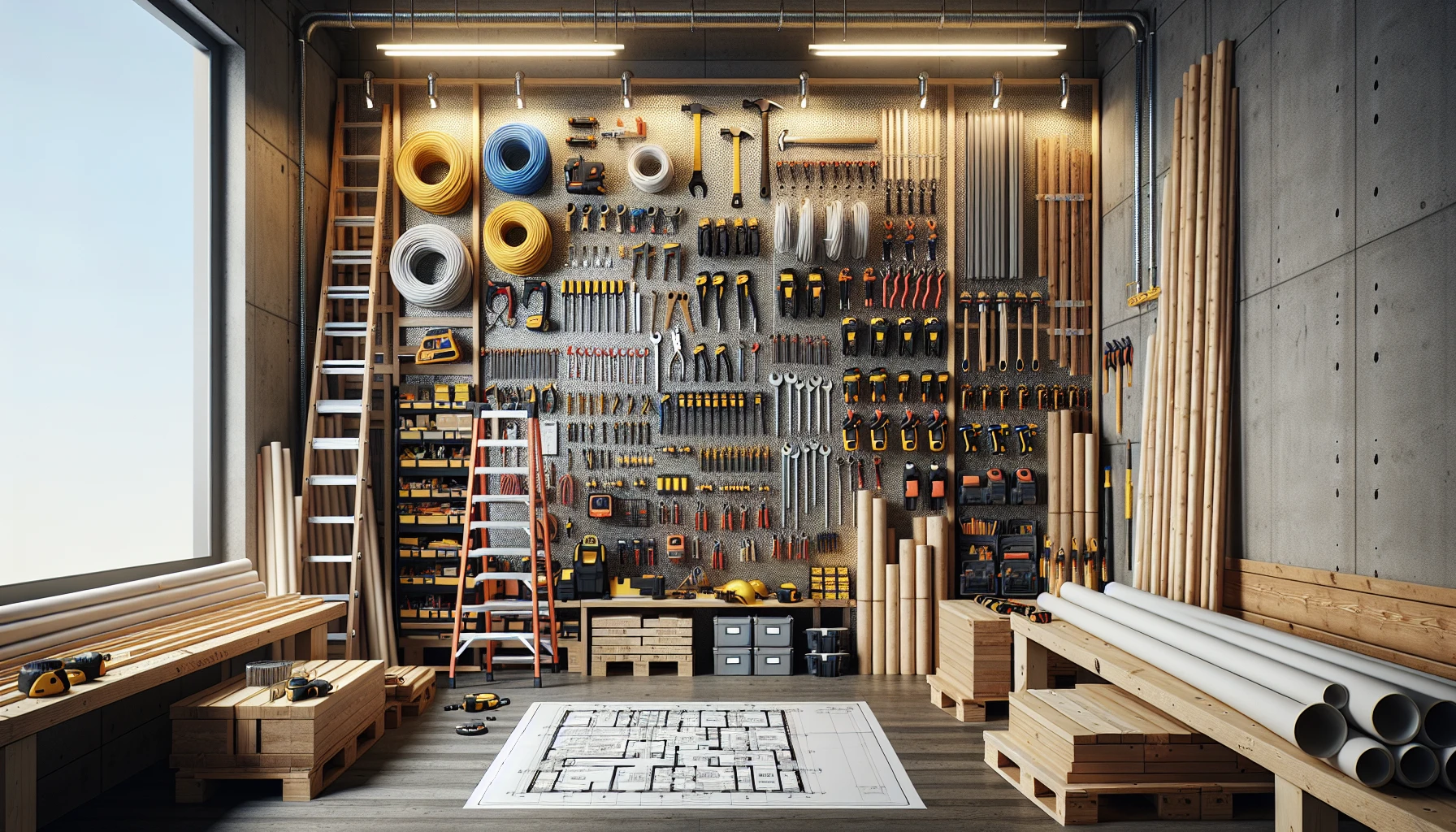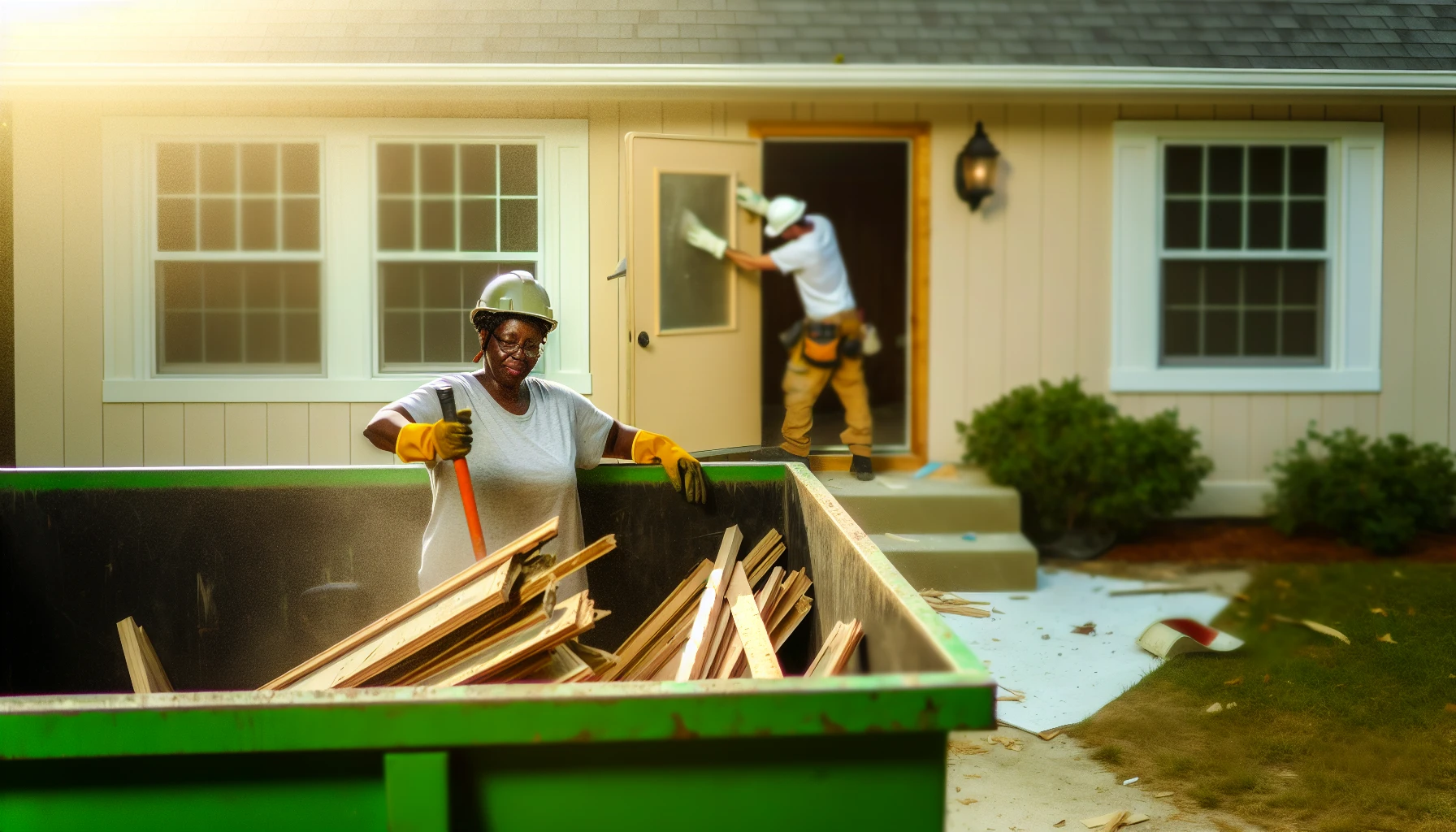How to Easily Replace Double Hung Window
How to install double hung windows and unsure where to start? Our step-by-step guide makes it easy to replace double hung window. You’ll learn how to measure accurately, remove the old window, install the new one, and ensure a perfect fit. Let’s get started!
Key Takeaways
-
Precise measurements are essential for a successful double-hung window replacement, including necessary adjustments for a snug fit.
-
Thoroughly inspect and prepare the window opening for structural integrity before installing the new window, addressing any damage or debris.
-
After installation, ensure the window operates smoothly and is properly sealed to enhance energy efficiency and prevent air leaks.
Accurate Measurements
Replacing windows requires accurate measurements to ensure a successful window replacement project. Begin by using a metal tape measure to determine the width between the side jambs and the height between the top jamb and the sill. This precision ensures that your new window fits snugly and operates smoothly.
When measuring, always use the smallest dimensions to guarantee a proper fit for your new double-hung window. Subtract half an inch from these smallest dimensions to allow for slight adjustments during installation. This prevents any fitting issues once the window is in place.
For homes with brick walls, subtract a quarter-inch from the shortest exterior measurement, while for other wall types, subtract three-eighths of an inch to accommodate window trim. Ensure the depth of the jambs is between 3 ½ and 4 inches when measuring for double-hung windows. These adjustments ensure a perfect fit, streamlining the installation process.
Choose the Right Replacement Option
When it comes to replacing double-hung windows, selecting the right replacement option is crucial for a successful project. One of the first decisions you’ll need to make is whether to install a full-frame replacement window or an insert window. Full-frame replacement windows involve replacing the entire window frame, which is ideal if the existing frame is damaged or you want to change the window size. On the other hand, insert windows, also known as pocket replacement windows, replace only the window sash, making them a popular choice for their ease of installation and cost-effectiveness.
Another important consideration is the material of the replacement window. Vinyl replacement windows are a top choice due to their durability, low maintenance, and energy efficiency. Brands like Andersen Silverline offer high-quality vinyl replacement windows that can enhance your home’s performance and aesthetics.
Additionally, it’s essential to choose a replacement window that matches the size and style of your existing window. Double-hung windows come in various sizes and styles, so ensure your new window aligns with the dimensions and design of your current setup. This attention to detail will help maintain the architectural integrity of your home while providing the benefits of modern window technology.
Removing the Old Window
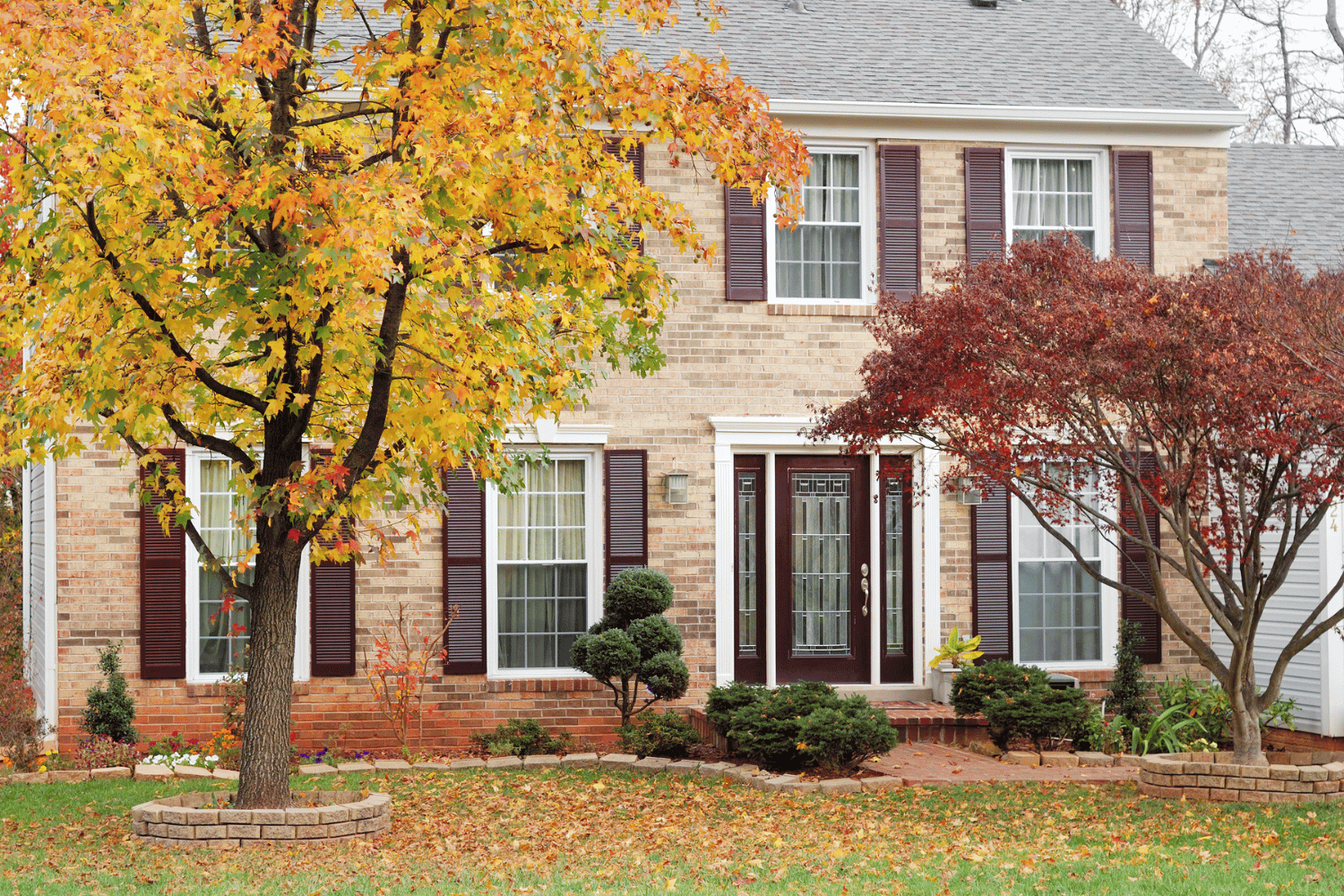
A person using a sharp utility knife to remove an old window frame, showcasing the process of removing a double hung window.
Before starting the removal process, test for lead paint if your house was built before 1978. Safety first! Use a stiff putty knife or a utility knife to carefully remove the interior stops. These stops will be reused, so handle them with care and set them aside safely.
Next, remove all hardware, including the crank mechanism and sash cords. Carefully handle the lower sash to avoid damage. After removing the window sash and hardware, keep the stops handy for later use.
The old window frame might be tricky to remove, especially if it’s been in place for many years. Use a utility knife to cut through any old paint or caulking that might be sealing the window in place. Carefully break the paint seal along the interior stops to avoid damaging them. Gently pry the window frame from the opening using a stiff putty knife and a pry bar, ensuring you don’t damage the surrounding wall or trim.
With the old window removed, inspect the opening for any signs of damage. This guarantees a solid foundation and perfect fit for your new window.
Preparing the Opening
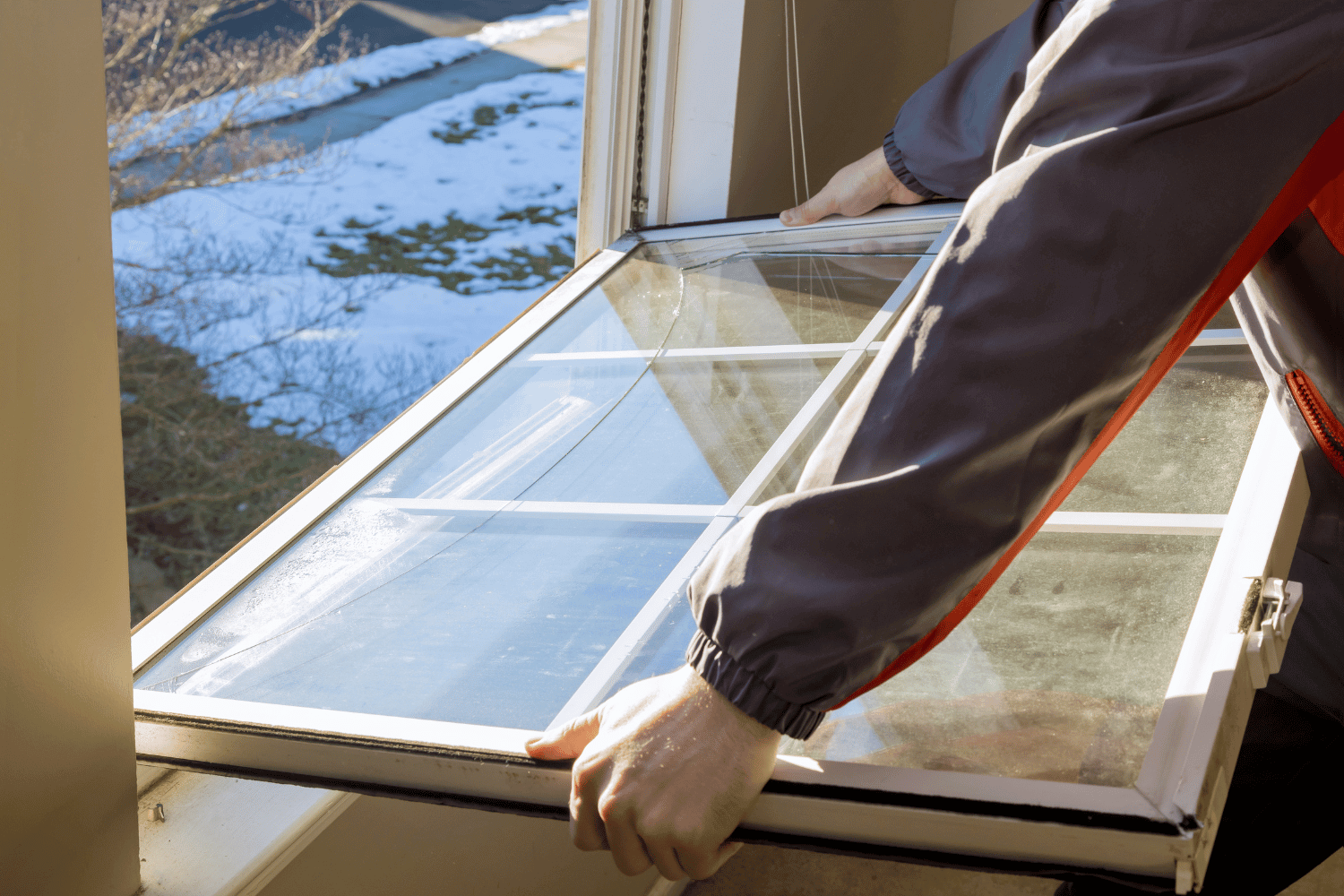
Illustration of preparing the opening of window replacement
With the old window out, prepare the opening for the replacement windows installation. Review the measurements and ensure the structural soundness of the frame, carefully extracting the window casing to avoid damage, as it may be reused during the installation of a new window. A visual inspection will help you spot any signs of water damage, warping, or loose components.
Common areas to check for rot include the windowsills and lower sections of the exterior trim. If you find any damage, address it before proceeding. Clean the opening of any loose debris to ensure a proper seal and fit for the new window.
In some cases, brace the wall structure to support the new window installation. This maintains the wall’s integrity and ensures smooth operation of the new window.
Installing the New Double Hung Window
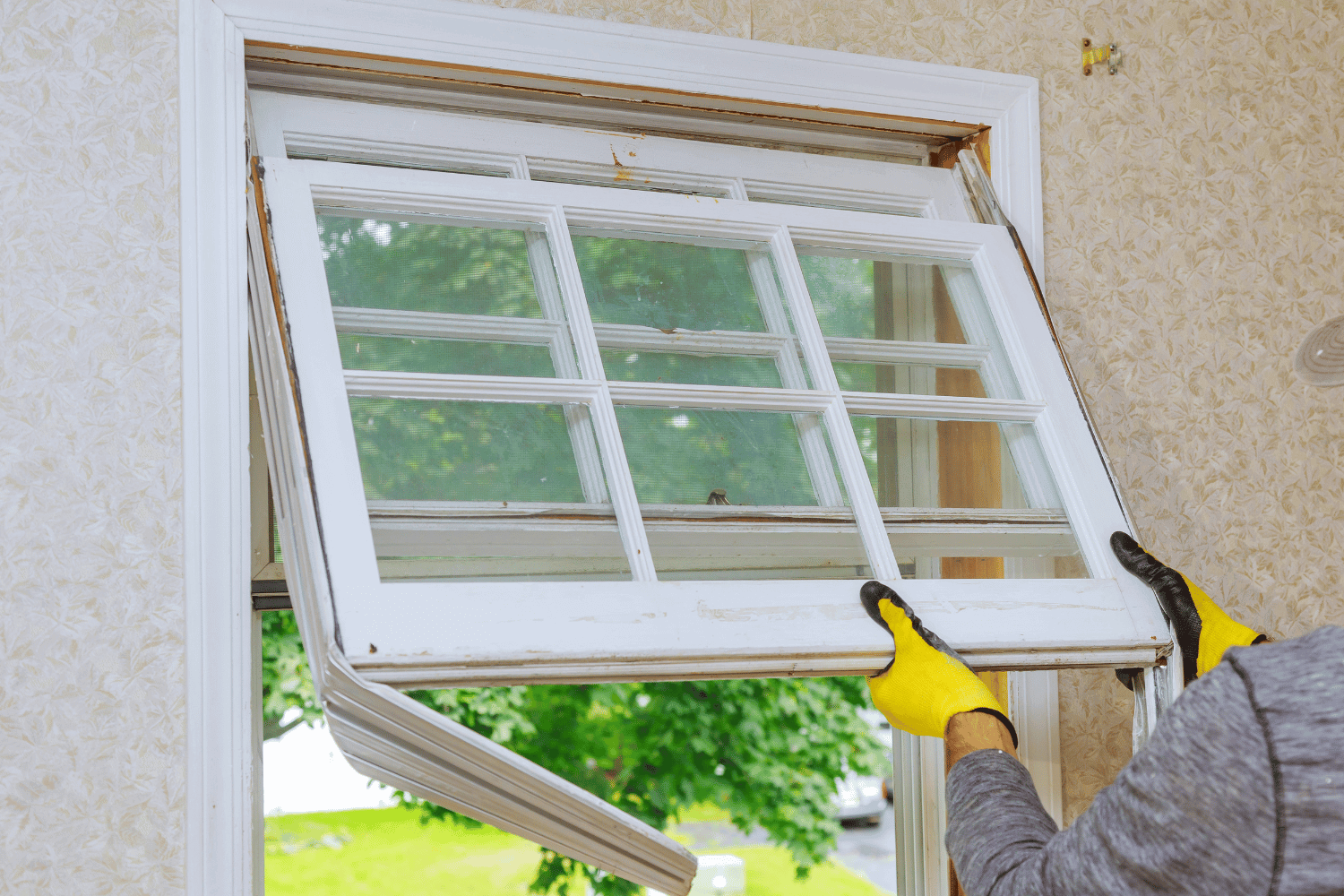
An illustration of a new double hung window being installed in a window opening, highlighting the installation process.
Check the rough opening for squareness and level before you install double hung windows. Set the window on the sill and tilt it into place against the blind stop. Ensure the window opening is slightly larger than the new window unit to allow for adjustments.
Use wood shims to level the window and secure it within the opening. Measure diagonally across the window and adjust the shims until the opposite corner measurements match. This step ensures the window is square and will operate correctly.
If the window is not positioned correctly, adjust it by removing and repositioning the screws. Be cautious when tightening the screws, as overtightening could warp the vinyl jamb. Proper alignment and securing of the window ensure its longevity and functionality.
With the entire window set and level, check the operation of both the upper and lower sashes. Ensure they slide smoothly and align correctly with the side jambs. This final check ensures that the window is properly installed and ready for the next steps.
Installing Double-Hung Sash Kits
If you’re looking to replace just the sash in an existing double-hung window, installing a double-hung sash kit is an excellent option. These kits typically include two new wood window sashes, two vinyl jamb liners, and all the necessary installation hardware. The process is straightforward and can be completed with a few basic tools.
Start by removing the old sash and cutting the sash cords. Carefully take out the parting stop and discard it. Next, attach the jamb liner clips to the jamb and snap the vinyl jamb liners over the metal clips. This step ensures the new sashes will slide smoothly. Add the top parting stop and position the sash lifts according to the manufacturer’s instructions.
Finally, install the new sash by placing it into the jamb liners and ensuring it is properly aligned and secured. Check that the sash operates smoothly and make any necessary adjustments. This method of replacing the sash can breathe new life into your existing double-hung window without the need for a full replacement.
Securing and Insulating
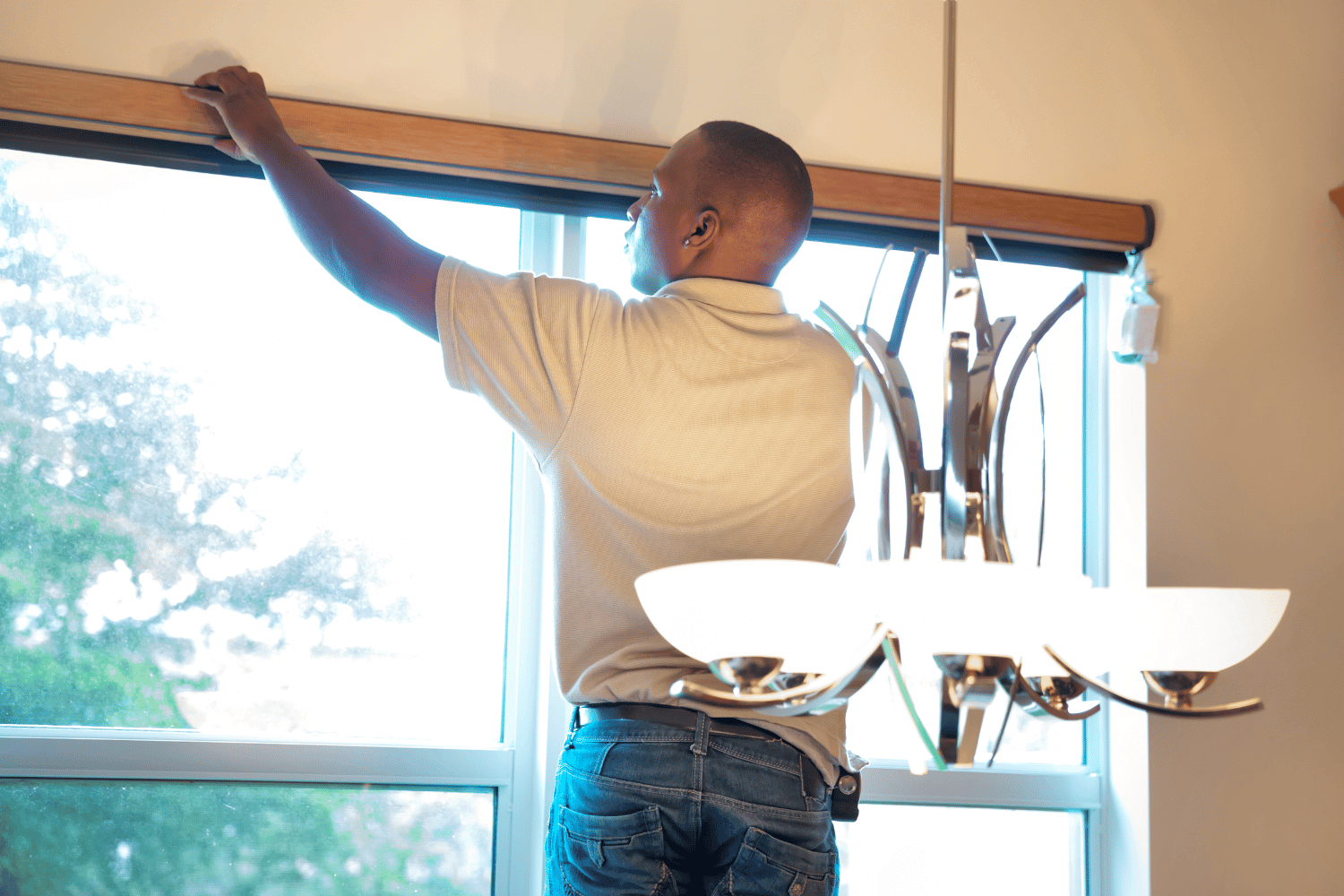
A person securing and insulating a newly installed window, focusing on the finishing touches of window installation.
Install screws in the premade holes using a screw gun to secure the new double-hung window. Use the new securing screws that came with the window unit to ensure a proper fit. After leveling the window, tighten all installation screws to avoid alignment issues.
Proper insulation is key to the window’s performance and energy efficiency. Use low expansion foam insulation around the window to fill any gaps and prevent drafts. Proper insulation ensures your home remains comfortable and energy-efficient, reducing heating and cooling costs.
Apply insulation evenly and ensure it does not over-expand, which could warp the window frame. This maintains the structural integrity and proper operation of the new window.
Reinstalling Stops and Finishing Touches

Illustration of window frame preparation
With the window insert securely in place, reinstall the wood interior stops on the sides and top of the window using 4d finish nails. These stops will hold the window sash in place and complete the installation.
To seal any gaps around the window frame, use a silicone-based caulk. This caulk provides a durable, weather-resistant seal that prevents air leaks and enhances the window’s energy efficiency.
Apply trim molding around the window frame for a polished look and additional sealing. This finishing touch not only improves the aesthetics of the window but also ensures a tight seal against air and water infiltration.
Window Frame Considerations
When replacing a double-hung window, it’s essential to assess the condition of the existing window frame. The frame should be structurally sound and free of rot or damage. If you find any issues, it may be necessary to replace the entire window frame to ensure a secure and long-lasting installation.
Consider the material of the window frame as well. Common materials include wood, vinyl, and aluminum. Vinyl window frames are particularly popular due to their durability, low maintenance, and energy efficiency. They can withstand various weather conditions and require minimal upkeep, making them a practical choice for many homeowners.
Proper sealing and insulation are also critical to prevent air leaks and moisture damage. Use high-quality caulk and weatherstripping to seal any gaps around the new window. This step not only enhances energy efficiency but also protects your home from potential water damage.
By carefully evaluating the condition of the existing frame and choosing the right materials and sealing techniques, you can ensure a successful and energy-efficient window replacement project.
Testing and Adjusting
Test both the upper and lower sashes to confirm they operate smoothly after installation. Check that the window is level and square by measuring diagonals and ensuring the sashes are parallel with the sill and top jamb.
Tighten the screws and check that the sashes slide easily and align correctly as the final step. This ensures that the window functions as intended and provides the expected benefits of improved energy efficiency and aesthetics.
Summary
Replacing double-hung windows may seem complex, but by following these steps, you can achieve professional results. Accurate measurements, careful removal of the old window, thorough preparation of the opening, precise installation, and proper securing and insulation are all crucial stages.
We hope this guide has provided you with the confidence and knowledge to tackle your window replacement project. Remember, the effort you invest today will pay off in improved energy efficiency and the enhanced beauty of your home.
Frequently Asked Questions
How do I measure for a double-hung window replacement?
To measure for a double-hung window replacement, use a metal tape measure to find the width between the side jambs and the height from the top jamb to the sill. Subtract ½ inch from the smallest dimensions to ensure a proper fit.
What should I do if my house was built before 1978?
It is crucial to test for lead paint before proceeding with any renovations in homes built before 1978 to ensure safety. Always prioritize safety measures during such renovations.
How do I ensure the new window is level and square?
To ensure the new window is level and square, utilize wood shims for leveling and check the diagonal measurements; they should match at the opposite corners. This method will help you achieve a properly aligned installation.
What insulation should I use around the new window?
For improved energy efficiency, it is recommended to use low expansion foam insulation to fill gaps around the new window. This ensures a proper seal and enhances overall insulation performance.
How do I finish the installation?
To finish the installation, reinstall the wood interior stops with 4d finish nails, seal any gaps using silicone-based caulk, and apply trim molding for both aesthetic appeal and additional sealing. This will ensure a polished and complete look to your installation.

